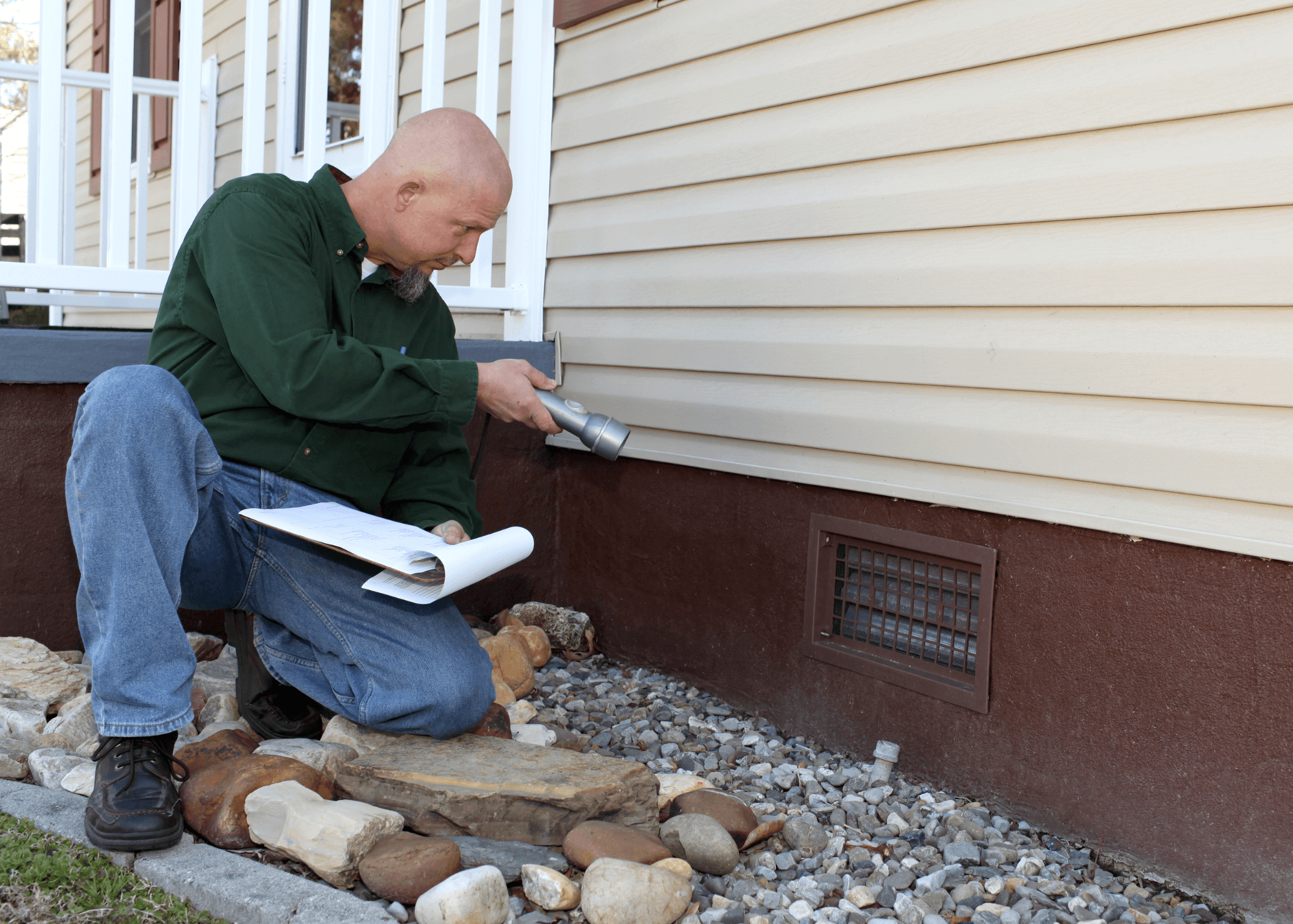
Why Choosing a Code-Savvy Builder is Essential for Your Custom Home
Building a custom home is an exciting journey, but it requires a deep understanding of Minnesota’s residential building codes to ensure safety, efficiency, and long-term satisfaction. Building codes are standards designed to protect the integrity of a structure, safeguard the occupants, and provide a consistent construction standard statewide. These codes impact nearly every aspect of a home, from foundation depth to fireplace placement, and each city may have specific additional regulations beyond the state standards. Working with a builder who understands both state and local requirements is essential to navigating these complexities. This article explains what building codes entail, why they matter, and how choosing an experienced builder from our vetted network can simplify the process and help you achieve a beautiful, code-compliant home.
What are Building Codes and Why Do They Matter?
Minnesota’s building codes are designed to create a safe, durable, and energy-efficient environment for all residents. The Minnesota State Building Code sets the minimum construction standards, covering aspects like fire safety, structural integrity, and energy efficiency. Although these standards apply statewide, enforcement varies. In some cities, building codes are not enforceable unless adopted by local ordinance, so each city may have specific additional codes or restrictions depending on local conditions.
The importance of adhering to these codes cannot be overstated. Violating building codes can lead to serious consequences, such as structural failures, fines, or even the need to tear down or redo portions of the construction. By working with a knowledgeable builder, you’re not only ensuring that your home meets all safety and legal requirements, but also avoiding costly delays or rework.
Selecting a Code-Savvy, Vetted Builder
Choosing the right builder is essential for a smooth, code-compliant home-building experience. Builders familiar with local and state codes can navigate the complexities of regulations, secure permits efficiently, and coordinate with inspectors. A vetted builder from our network is specifically chosen for their proven knowledge and experience with Minnesota’s building codes, giving you confidence that your project will be handled correctly from start to finish. When you partner with a qualified builder, you gain a knowledgeable advocate who understands how to implement codes without compromising your vision.
How Building Codes Influence Your Custom Home Design
Building codes are a major factor in shaping home design. For instance, if you want a fireplace in your custom home, local codes in some Minnesota cities may restrict your options. Many urban areas limit wood-burning fireplaces due to air quality concerns or emissions standards. In other cases, a gas fireplace must be positioned a specific distance from windows or other combustible materials, affecting placement and design possibilities. These requirements impact whether you can install a fireplace at all, as well as where it can be safely positioned.
Similarly, Minnesota’s code for basement egress windows is a vital safety standard that can significantly impact design, especially if your home includes bedrooms in the basement. The code mandates that any basement bedroom must have an egress window for emergency exits, with specific measurements for height, width, and clear opening area. If your lot has limited space, or if you’re planning an in-ground basement in a compact urban lot, meeting these window size requirements could affect your layout or necessitate additional construction work.
Foundation requirements are another example of how codes impact custom home design in Minnesota’s colder climate. Because Minnesota experiences extreme winter conditions, foundations must be set at a specific depth below the frost line to avoid frost heave. Depending on the region, this depth may vary between 42 and 60 inches, which means the foundation cost can differ significantly based on location. These frost-depth requirements are critical to the stability of the home, especially over time.
Home additions, like expanding your living space or adding a garage, also fall under strict codes. Minnesota’s codes often include setbacks, which dictate how close a structure can be to the property line. This can restrict how much you can expand your home and where the addition can be placed. Second-story additions, in particular, may also require special load-bearing capacity assessments and potentially costly structural reinforcements, as Minnesota’s snow loads can place extra strain on roofs and upper floors.
Building Codes in Remodeling Projects
Building codes are equally important for remodels, especially when adding new elements like fireplaces or making significant alterations to kitchens and bathrooms. When installing a fireplace, codes specify that it must maintain a safe distance from windows, combustible materials, and other fixtures. This spacing requirement minimizes fire hazards and ensures proper ventilation, a crucial factor for gas fireplaces. Adding a fireplace in an older home may also require additional adjustments to accommodate venting, which must meet local codes to prevent issues like carbon monoxide buildup.
In kitchens and bathrooms, building codes require GFCI (Ground Fault Circuit Interrupter) outlets near water sources to prevent electrical shock. If you’re remodeling a kitchen or bathroom, ensuring that outlets are properly placed and wired is essential. Electrical codes also regulate where lighting fixtures can be placed in relation to sinks or showers to enhance safety. This is especially important in older homes where previous installations may not meet current standards. Working with a qualified builder who understands these requirements can streamline the remodel and ensure compliance with local regulations.
Navigating Local Code Variations: Check with Your City
In addition to the statewide Minnesota Building Code, individual cities and municipalities may have specific regulations that affect design choices. For instance, some cities have green building initiatives that go beyond the state’s minimum energy efficiency requirements, potentially affecting insulation choices, window ratings, or HVAC systems. Urban areas may impose additional fire safety requirements, such as the use of fire-retardant materials or limitations on certain exterior finishes. This is particularly relevant for high-density neighborhoods where fire safety is a heightened concern.
It’s essential to check with your city’s building department or website for information on local codes before starting your project. Your builder should be familiar with these local nuances and able to incorporate any unique city standards into your home design. A reputable builder can also help you understand these requirements and work with local inspectors to ensure a smooth, compliant build.
The Role of Permits and Inspections in Ensuring Code Compliance
Nearly every aspect of home construction or major remodeling requires permits, from new builds to adding or upgrading mechanical systems like HVAC and plumbing. Permits serve as a checkpoint, allowing city or county inspectors to ensure that each stage of the project meets current codes. Certified building officials, trained and knowledgeable in both state and local codes, inspect construction sites at various stages, such as foundation, framing, and final completion.
If a project does not pass inspection, it may delay your timeline and increase costs, as corrections or rework will likely be necessary. Working with a vetted builder who has established relationships with local inspectors and is well-versed in code requirements reduces the likelihood of failing inspections. They will ensure that each aspect of the project, from the initial plan to the final touches, aligns with code requirements, saving you time and reducing stress.
Real-World Impact of Building Codes on Customization and Flexibility
While custom home projects offer the freedom to tailor a space to your needs, building codes can sometimes limit certain design choices. Large windows or open floor plans, for instance, may require extra structural support or insulation considerations. Removing load-bearing walls in favor of an open layout can also necessitate engineered beams or fireblocking to maintain structural integrity and meet fire safety codes.
In recent years, energy efficiency standards have influenced everything from insulation R-values to HVAC system efficiency ratings. Builders who stay current with Minnesota’s energy codes can incorporate eco-friendly materials and technologies that exceed the minimum standards, helping you save on long-term energy costs. If you’re interested in adding solar panels, geothermal heating, or other green technologies, these often come with additional permit requirements and code stipulations. Partnering with a builder who is familiar with these regulations can help you seamlessly integrate energy-saving features that add value to your home.
Why Work with a Builder from Our Vetted Network?
Selecting a builder from our vetted network ensures you’re working with a professional who understands Minnesota’s building codes and has the experience necessary to handle your project smoothly. Our builders are chosen for their knowledge of both state and local codes, ensuring that every aspect of your custom home or remodel will be handled with compliance, safety, and quality in mind. This gives you peace of mind, knowing that your home will not only meet but exceed the standards necessary to create a safe and lasting space.
Our network’s builders coordinate directly with inspectors, secure necessary permits, and manage code requirements at every phase. They stay updated on code changes and best practices, helping you avoid the pitfalls of non-compliance and ensuring that each detail, from design to completion, is thoughtfully executed. With a vetted builder, you can focus on the exciting aspects of creating your dream home, confident that the project is fully compliant and expertly managed.
Bringing Your Custom Home Vision to Life with Code Compliance
Building a custom home in Minnesota is an exciting opportunity, and understanding building codes is key to creating a safe, efficient, and beautiful space. Working with a builder who is experienced in Minnesota’s codes allows you to focus on designing your ideal home without worrying about compliance issues or delays. By choosing a vetted, code-savvy builder from our network, you can be assured that your project will meet all required standards, giving you a secure foundation for your future. Explore our network of vetted builders to find the perfect partner for your project, ensuring a smooth, compliant, and fulfilling home-building experience in Minnesota.


